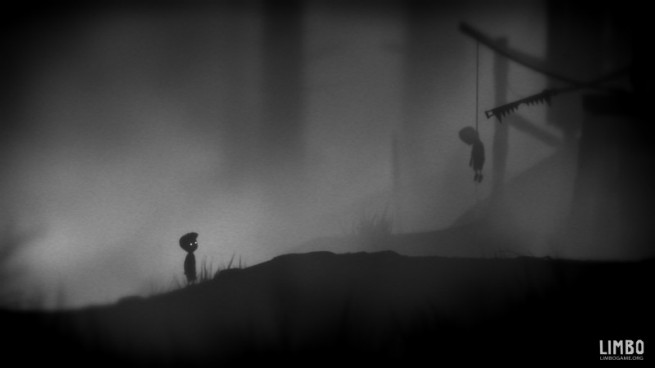Eleven companies out of the 159 associated with the Nordic Game Program (NGP) received a total of 5 million Danish crowns (DKK) for the project’s final year. For many gamers outside of Europe and primarily Nordic countries, this is barely news.
[aditude-amp id="flyingcarpet" targeting='{"env":"staging","page_type":"article","post_id":461813,"post_type":"story","post_chan":"none","tags":null,"ai":false,"category":"none","all_categories":"games,","session":"D"}']But, gamers really should care. The NGP unites five countries with distinctly different languages and heritages in a goal to not only support and develop games but to also promote a sense of creativity found in all forms of Nordic media. Without the NGP, games like Limbo, Ilomilo, and Amnesia: The Dark Descent might not exist.
The Nordic Games Program started in 2006 by the Nordic Ministers of Culture with the goal to unite independent developers in Denmark, Finland, Iceland, Norway, and Sweden to make games with a cultural flair. Originally, the project focused on kids games but soon moved beyond this idea. This is the NGP’s last year, and while funding is down from the all-time high reached in 2007 (12 million DKK), creativity continues to inspire developers and program organizers.
The wealth of kid-focused media in the region directly influenced this idea to unite Nordic countries. The Icelandic TV show Lazytown is a prime example. It ran from 2004-2007 and inspired children all around the world to get up, dance around, and try to lead honest, healthy lives. It was such a breakout success that it still runs in syndication in the U.S., and a new series is currently in the works. It developed a massive fan base akin to the My Little Pony: Friendship is Magic phenomenon.
Of course, two of the most notable projects out of the NGP are certainly not for children. Limbo and Amnesia might not appeal to a more general audience, but they still embody what the Nordic Ministers of Culture wanted to do when they started the program. These titles showcase the often offbeat and distinctive game design styles found in many European projects. They emphasize the myriad of depths that environments can have and certainly embrace darkly whimsical art direction.
Ilomilo, which was actually a launch title for the Windows Phone 7 platform, shows that positive and more child-friendly projects can definitely keep up the same design philosophy. It was a cute, cheery, and breathtakingly rendered puzzle game that emphasized congruency between environments and audio atmosphere.
You might have noticed that two NGP successes eventually landed on Microsoft hardware. This is because Microsoft is one of several companies offering funding for the project and was a primary backer in the 2010 Nordic Game Program game jam.
The first Nordic Game Program ends this year, but that doesn’t mean the entire project is over. The NGP recently revealed its plan for another program — only for three years rather than the original six. The emphasis for the next three years is development support and exportation.
The Nordic Game Program is important because it provides funding and support for independent developers in a region steeped in media creativity. Nordic television has already made a name for itself around the world, and now it’s time for games.
[aditude-amp id="medium1" targeting='{"env":"staging","page_type":"article","post_id":461813,"post_type":"story","post_chan":"none","tags":null,"ai":false,"category":"none","all_categories":"games,","session":"D"}']
Nordic games matter. You’ve already played and enjoyed them even if their origin wasn’t flaunted as much as it should have been. Hopefully, future titles will find the same Western success that Limbo and Amnesia have.

